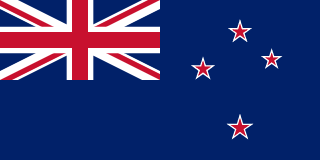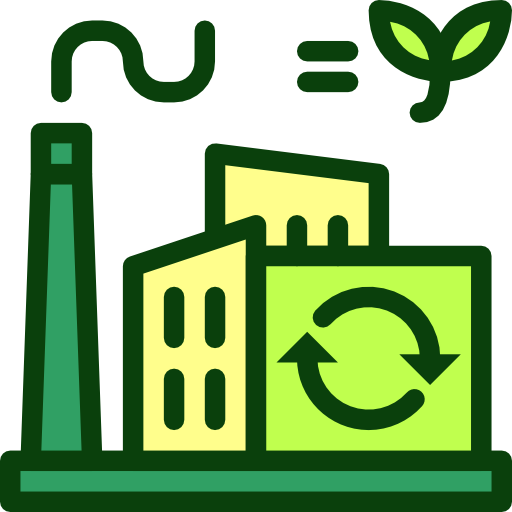New Zealand - Environment

As far as the environment of New Zealand is concerned, there have been . As for nvironment - international agreements, we have; .
About the environment of New Zealand
| Climate | We have temperate with sharp regional contrasts |
|---|---|
| Revenue from forest resources | |
| Revenue from coal | |
| Waste and recycling | Municipal solid waste generated annually: 3.405 million tons (2024 est.) |
| Total renewable water resources | 327 billion cubic meters (2022) |
| Major rivers (by length in km) | |
| Total water withdrawal | |
| Municipal | 547 million cubic meters (2022) |
| Industrial | 1.184 billion cubic meters (2022 est.) |
| Agricultural | 3.207 billion cubic meters (2022 est.) |
| Land Use | |
| Agricultural land | 37% (2022 est.) |
| Agricultural land: arable land | arable land: 2% (2022 est.) |
| Agricultural land: permanent crops | permanent crops: 0.3% (2022 est.) |
| Agricultural land: permanent pasture | permanent pasture: 34.7% (2022 est.) |
| Forest | 37.7% (2022 est.) |
| Other | 25.3% (2022 est.) |
| Urbanization | |
| Urban population | 87% of total population (2023) |
| Rate of urbanization | 0.92% annual rate of change (2020-25 est.) |
| Major urban areas (Pop) | 1.673 million Auckland, 422,000 WELLINGTON (capital) (2023). |
All Important Facts about New Zealand
Want to know more about New Zealand? Check all different factbooks for New Zealand below.
-
 New Zealand Factbook
New Zealand Factbook
-
 The Economy of New Zealand
The Economy of New Zealand
-
 Learn about the Government of New Zealand
Learn about the Government of New Zealand
-
 Communication in New Zealand
Communication in New Zealand
-
 Popular Universities in New Zealand
Popular Universities in New Zealand
-
 Enerny in New Zealand
Enerny in New Zealand
-
 Transport in New Zealand
Transport in New Zealand
-
 The Geography and society of New Zealand
The Geography and society of New Zealand
-
 The Environment of New Zealand
The Environment of New Zealand
-
 Military and security in New Zealand
Military and security in New Zealand